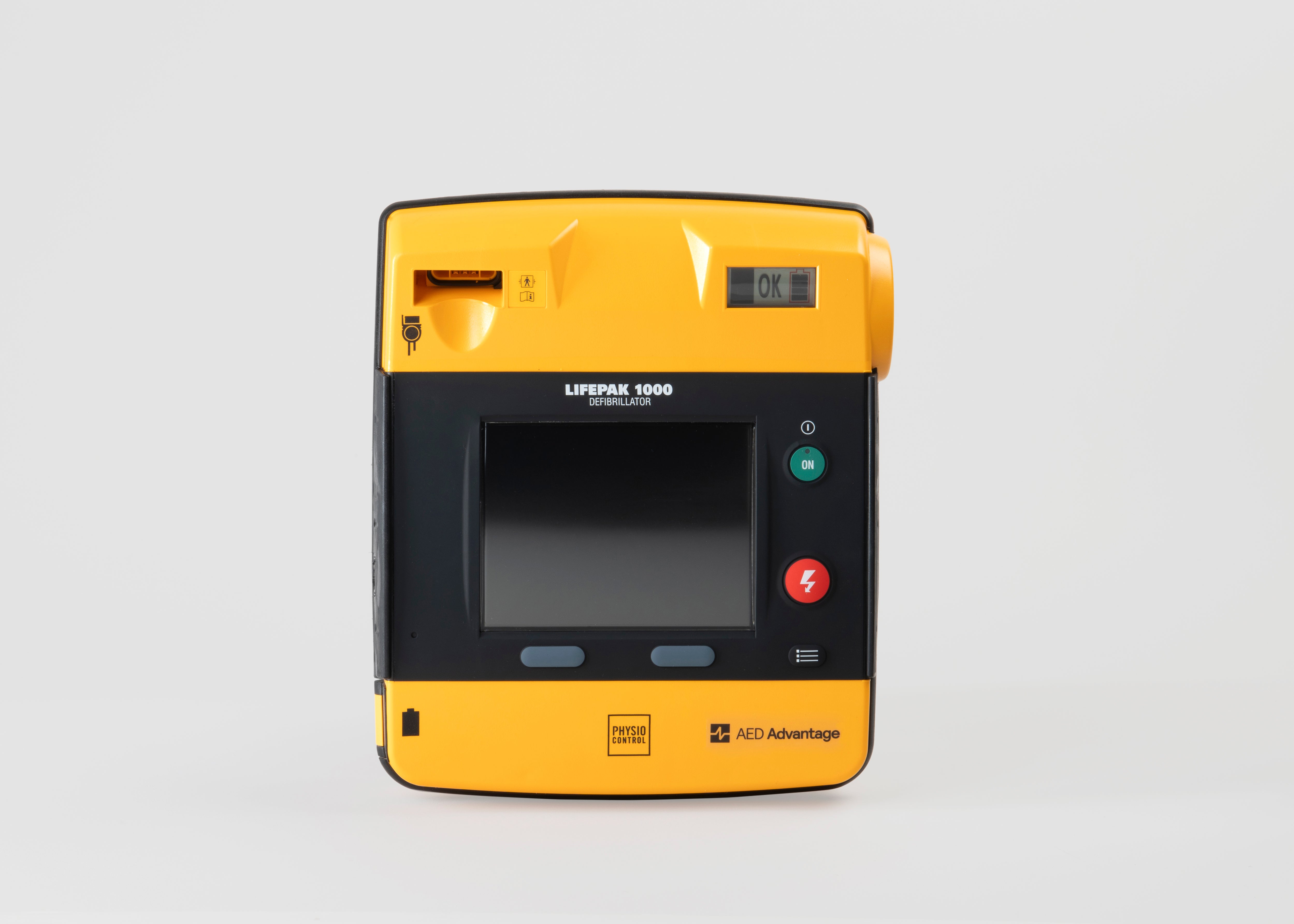When Should You Not Use An AED?
In the event of a cardiac arrest, it is vital that the victim receives prompt and quality treatment. When done correctly defibrillation is one of the best treatments available to combat cardiac arrest. In fact the chances of survival are overwhelmingly in the patients favour if there is an Automatic External Defibrillator (AED) close by. There are a few tips however in assessing the situation when determining whether or not to use a defibrillator.
There are exceptions that should be made before moving forward with defibrillation and you shouldn’t use an AED on certain people and in certain situations. Below, we have compiled a list of scenarios that you should consider before using an AED:
1. If The Victim Is Wearing A Nitroglycerine Or Medical Patch
There is more room for complications when the victim has patches on their chest such as nitroglycerine or other medication. It is important that you check for any patches and remove them before using the AED.
2. Do Not Use An AED In A Moving Vehicle
A moving vehicle is not a suitable environment to use an AED in. The motion of the vehicle can interfere with the device reading, and also may not allow for proper placement of the electrode pads on the victim's chest. If someone is in need of immediate defibrillation they are better off laying on a flat and stationary surface.
3. The Victim Has A Hairy Chest
AEDs can and should be used on people with hairy chests but it’s important that the pads make good contact with the skin. If someone has a lot of hair on their chest, you might have to shave some for the pads to adhere properly. This can be done quickly with a razor or scissors included in many AED kits or by applying pressure with your hands and making sure that the pads sit close enough to the skin so the hair does not interfere with their ability to function.
Defibrillation Is Better Than No Defibrillation
The takeaway here is simple: defibrillation is better than no defibrillation. So, if you have the AED on hand and there is a medical emergency where someone is unresponsive, there's really no reason not to use it. Just keep these caveats and tips in mind, and remember: never fear that you'll do more harm than good if you use a defibrillator — so long as you're using one correctly, the outcome has a much greater chance of being positive.
AED Advantage is proud to be one of the leading distributors of AEDs and AED replacement parts in North America. They place a great emphasis on customer service and satisfaction. If you have made the wise decision to add a defibrillator to your place of work, or to your home, AED Advantage has a wide selection of AEDs to shop for. Not sure which AED is right for you? Contact a member of the AED Advantage team, they will be more than happy to help you with your purchase decision.
